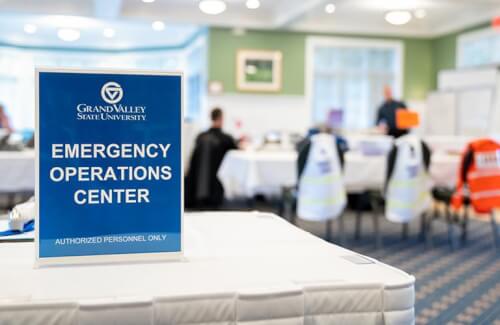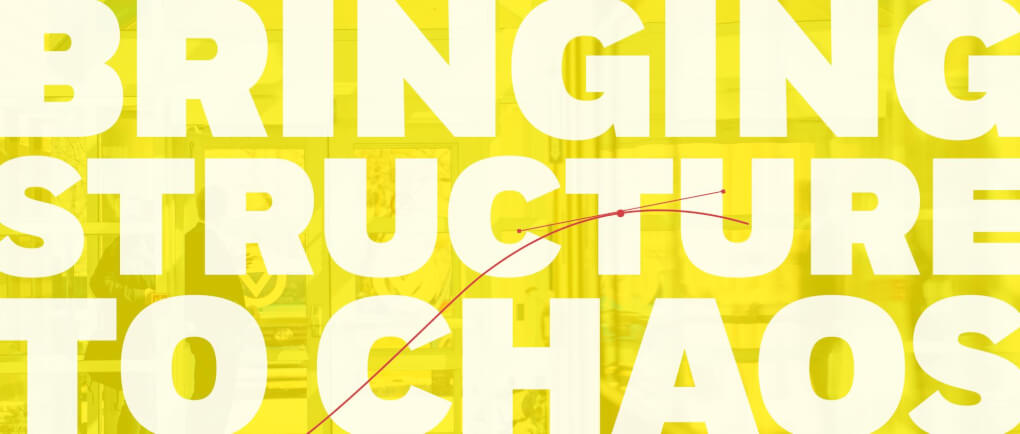
When Sgt. William O’Donnell, emergency manager at the Grand Valley Police Department, got a notification about a new virus in China in early January from the Michigan Health Alert Network, he didn’t expect the virus would morph into a global pandemic and change the lives of millions of people worldwide.
What followed that initial warning was unprecedented — a global pandemic requiring emergency action to shut down entire segments of society for social distancing to “flatten the curve” and slow the spread of the virus.
For Grand Valley, that meant a rapid switch to remote learning for the end of the winter semester, along with a transition to working remotely for many faculty and staff members.
Accomplishing those monumental changes comes with many logistical and planning challenges, which is why the university has an Incident Management Team, known by its IMT acronym.
The IMT brings together a wide breadth and depth of faculty and staff members from across the university to ensure operational planning and preparation includes input from many groups and divisions.

Dean of Students

Director of Public Safety

Facility Services Allendale

Director of Housing

University Communications

Facilities Services G.R. / Regional Centers
Brandon DeHaan, director of Public Safety and GVPD chief of police, said the IMT is a collaborative group that identifies and implements solutions while making recommendations to the university’s senior management team for policy decisions. Leaders decide what will occur in a given situation, many of which are mapped out by emergency action guidelines.
“We have had a pandemic emergency action guideline in place for a long time, and I never thought we’d ever use it,” O’Donnell said. “But then we got the warning in January and ramped up the IMT, and by the end of February and early in March, we were operating at the highest pandemic status, which is level four in the guidelines. It was very unexpected.”
The benefit of having an incident management team in place before something unexpected happens is you have experts ready to respond to different areas of need, DeHaan said.
“The IMT has access to great professionals, and every member has a backup. The group is about creating recommendations and assigning tasks to get answers,” DeHaan said.
O’Donnell said having structure helps simplify what can otherwise be hectic and stressful situations, like unexpectedly closing campus on very short notice.
“It brings structure to chaos,” O’Donnell said. “Ramping down was the most difficult aspect of this pandemic.”
O’Donnell added it was hard to get students off campus quickly without having all of the answers to questions that were being asked. The “ramp down” period was accomplished in just four days.
The IMT still meets regularly, as planning continues for operations to resume in Fall 2020 under different social distancing guidelines. Information is also gathered by the IMT’s Technical Advisory Group, or TAG, which includes health care experts who localize and stay abreast of the most current health and safety guidelines from federal, state and local officials.
DeHaan said the strength of the current IMT comes from the fact that experts in health, safety, operations, finance, student life, academics, communications, facilities and much more all come together to leave no stone unturned when considering recommendations to senior university officials for decision-making.
The IMT is also activated any time there is an emergency on campus, and exercises are conducted regularly to simulate different scenarios, even expanding to include local, county and state first responders and agencies.
O’Donnell said the IMT is a system of response to guide orderly and thoughtful recommendations, and said it works because it provides a 360-degree view of campus operations.
“It’s a group you hope doesn’t have to respond to problems very often, but when we need that collective wisdom, the IMT is a great resource for the university,” O’Donnell said.







